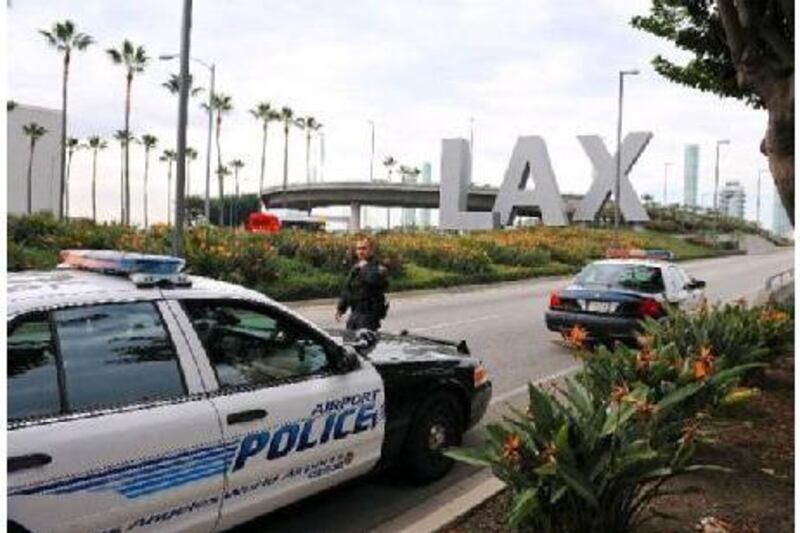As the Gulf's long-haul airlines face growing resistance to expansion into Canadian and European destinations, they are being welcomed with open arms at a major US airport keen to boost passenger traffic. Officials from Los Angeles visited Dubai, Abu Dhabi and Doha this week to assure the big three Gulf long-haul specialists - Emirates Airline, Etihad Airways and Qatar Airways - that they could serve the Southern California gateway airport profitably.
"We think there is a great synergy and a lot of possibility for growth for the Gulf carriers," said Gina Marie Lindsey, the executive director of Los Angeles World Airports. "There is room for all three." In 2008, Emirates opened the first non-stop, direct services between the Middle East and Los Angeles with a service three times a week. Citing heavy demand, the airline soon offered daily services. It is expected to start a twice-daily service within weeks.
The carrier has been working with Boeing to operate its largest capacity 777 aircraft, the 300ER, on the route. This would allow it to fly an additional 75 to 100 passengers on each flight as well as a full load of cargo, compared with the aircraft it currently uses, the 200LR. Los Angeles International Airport officials touted the airport's catchment area of 20 million residents and an investment programme worth US$6.4 billion (Dh23.5bn) including 1 million square feet of new terminal space, opening in 2012.
One of the airport's selling points is the diversity of Los Angeles. There are an estimated 450,000 travellers flying between India and Los Angeles each year, in addition to 100,000 to and from Iran and 180,000 to Vietnam. In addition to marketing the airport for Etihad and Qatar Airways to add daily services, airport officials are also working to convince Emirates of the potential to utilise the Airbus A380 double-decker aircraft on the route.
This week, the UAE Government took the rare public step of declaring its disappointment with the Canadian government after five years of fruitless talks to expand the number of flights by Etihad and Emirates. Meanwhile, the head of Air France called on fellow European airlines and governments to develop a strategy to counter the perceived threat posed by the Gulf carriers, which have been able to grow market share in the eastern and western long-haul markets, through a combination of newer aircraft and updated passenger cabins, shorter transit times and luxury lounges.
Paul Griffiths, the chief executive of Dubai Airports, yesterday sought to deflect criticism that the emirate's aviation industry was growing due to unfair advantages such as state support. "The only thing Dubai is guilty of is providing an environment that actually supports aviation. Most governments around the world treat aviation as a pariah, choking its growth with costly, misdirected regulation," he said. In contrast to many countries, the US, like the UAE, has an "open skies" policy that allows unlimited flights by foreign airlines, as long as airport slots are available. This is also the case in the UK, where Gulf airlines have expanded rapidly.
Last week, Andrew Crawley, the director of sales and marketing at British Airways, said his airline did not get involved in lobbying the government against new competition. "The government is very much aligned to a free market approach," he said during a visit to the UAE. "There is no protectionism whatsoever - it's a free-for-all in the UK and anyone can come and go." igale@thenational.ae





